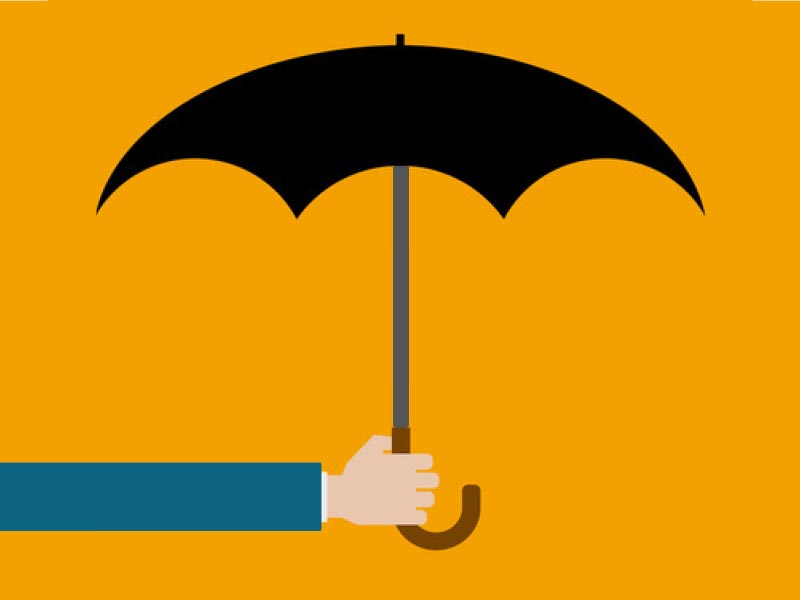DRaaS vs. Cloud Backup & Recovery
There are three primary ways in which your company can leverage cloud-based data protection:
- Backup as a Service (BaaS) – With BaaS, your company would typically contract with a cloud service provider (CSP) to back up your data and meet predefined recovery levels. Following a disaster, the CSP will rebuild your server environment, reinstall applications and restore client data from the cloud.
- Recovery as a Service (RaaS) – RaaS takes the process a step further by restoring your applications as well as your data from the cloud. The CSP will download images and data to your site. Server images may include bare-metal recovery images to rebuild physical servers.
- Disaster Recovery as a Service (DRaas) – This adds cloud-based failover to your company’s backup and recovery. DRaaS allows you to immediately failover applications, reconnect users via VPN or Remote Desktop Protocol (RDP), and implement failback to rebuilt servers in your data center. Failover may be manual or automated; and can occur in either the public cloud or your company’s own cloud.
A key advantage of DRaaS is affordability. SMBs as well as enterprises can now contract with providers for cloud-based failover instead of building or leasing a secondary data center. With DRaaS, you can quickly failover production systems or virtual machines (VMs) in the cloud in a matter of minutes – allowing you to return to normal business operations sooner. Some leading DRaaS providers also include built-in failover orchestration that lets you create predetermined failover plans for a group of replicated virtual machines (VMs), which can be booted simultaneously or in a specific order.
Choosing a DRaaS Provider
While many CSPs that offer DRaaS, it’s important to compare their offerings to your specific requirements, including their service level agreements that cover predetermined recovery metrics including:
- Recovery Time Objective (RTO) – This is the targeted time and service level in which a business process must be restored after a planned or unplanned disruption. In other words, the amount of time your business can run without access to critical workloads.
- Recovery Point Objective (RPO) – This is the maximum acceptable amount of data loss resulting from a planned or unplanned disruption. Some organizations such as hospitals can’t afford to lose any amount of patient data, while other companies may have an acceptable amount of data loss.
Other factors to consider when choosing a DRaaS provider include the level of their offerings:
- Off-site Continuous Data Protection (CDP) – True CDP replicates data in real-time with no interval between backups so the latest version of critical data, including any previous versions, is available for restoration. This is an essential feature for companies that have strict RPOs and critical availability requirements.
- On-Demand Disaster Recovery in The Cloud – Some CSPs can replicate your data in real-time to a secondary application and/or server in their cloud. This eliminates any waiting for data backups to be restored or failover to a physical server in a remote location. With on-demand recovery in the cloud, you’re up and running in a matter of minutes. DR in the cloud is also scalable, allowing you to extend your recovery systems as your business grows.
- Dedicated Disaster Recovery Data Center – CSPs that offer dedicated DR data centers can replicate your entire environment including servers, applications and data in real-time to one of their data center facilities. Failover to this “hot site” happens in real-time. This option works well for companies that require 100% uptime for their IT infrastructure.
Enzu’s “born in the cloud” experts can help you determine the right disaster recovery solution to help protect your business-critical assets. Contact us anytime to learn more about our DRaaS offerings.
Learn How DRaaS Can Safeguard Your Critical IT Assets
Connect with our solutions specialists today.


Recent Comments